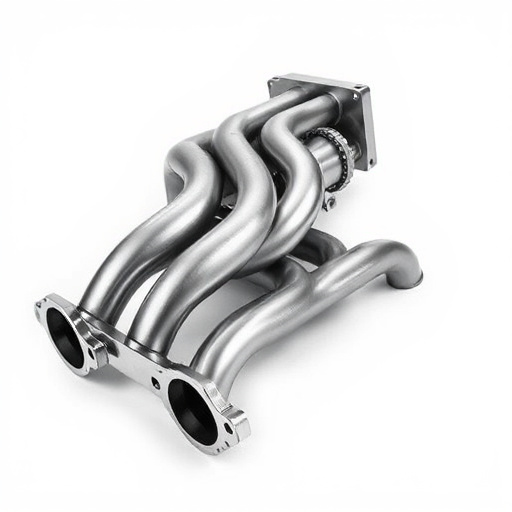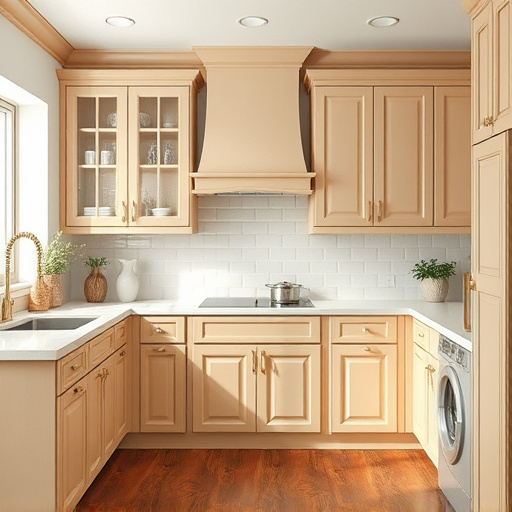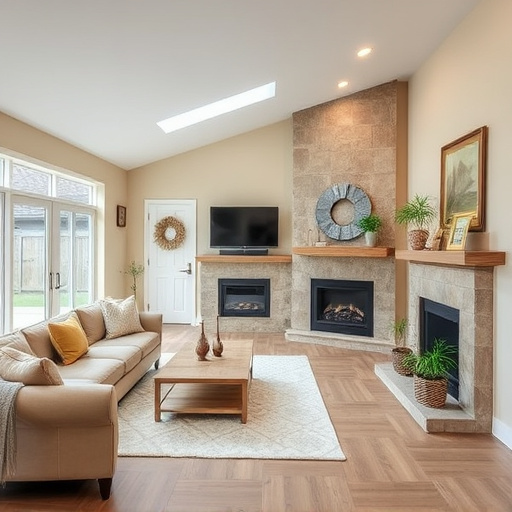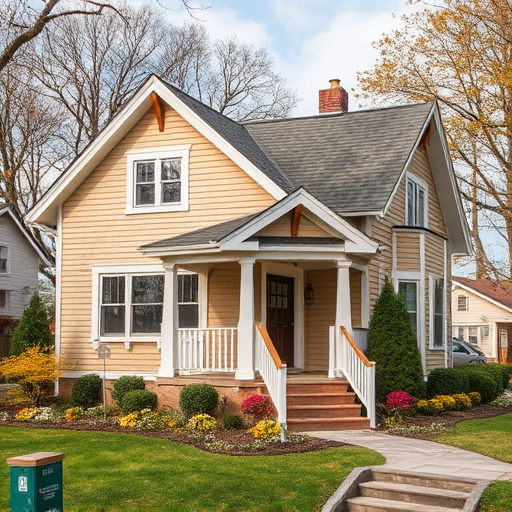Poorly installed flooring can cause noticeable issues over time, including gaps, warping, and uneven edges, due to inadequate preparation, incorrect fitting, or low-quality materials. Regular inspections during remodels, especially in high-traffic areas like kitchens and bathrooms, are vital for early problem detection, preventing severe damage, and enhancing safety. Proper maintenance and quick action extend flooring lifespan and home value. Meticulous subfloor preparation, accurate measurements, and choosing quality materials with professional flooring install services ensure aesthetic appeal and durability in interior painting or home renovation projects.
Are you considering a new flooring installation but worried about potential issues? This guide is your compass. We’ll help you identify common signs of a poor flooring install, from uneven surfaces to faulty fittings. Learn practical steps to correct these problems and prevent future headaches. Additionally, discover expert tips for ensuring a top-quality flooring job that enhances your space for years to come. Master these insights, and embark on your flooring journey with confidence.
- Identifying Common Signs of Poor Flooring Install
- Steps to Correct and Prevent Future Issues
- Tips for Ensuring a Quality Flooring Job
Identifying Common Signs of Poor Flooring Install

The signs of a poorly installed flooring can often go unnoticed until significant issues arise. Some common indicators include uneven or jagged edges, gaps between boards, and buckling or warping over time. These problems may be due to inadequate preparation of the subfloor, improper fitting of tiles or planks, or poor quality materials used during installation. In whole house remodels, it’s crucial to pay close attention to flooring in high-traffic areas like kitchen and bath, as these spaces undergo constant wear and tear. A poorly installed floor not only compromises aesthetics but also poses safety risks, especially in bathrooms where slipping hazards are heightened.
During a bathroom remodel or any home renovation project, homeowners should inspect the flooring regularly during and after installation. If left unaddressed, poor installations can lead to more complex problems, necessitating costly repairs or replacements. Regular maintenance and quick action when signs of distress appear are key to ensuring your flooring lasts for years to come, enhancing the overall value and appeal of your space.
Steps to Correct and Prevent Future Issues

To correct and prevent future issues with a flooring install, start by ensuring proper preparation of the subfloor. Check for levelness and adjust if necessary to avoid uneven wear over time. Leveling the subfloor is crucial as it provides a solid foundation for your new flooring, which in turn enhances its longevity.
Regular maintenance and inspection are also vital components. Keep an eye out for signs of damage or fraying edges, especially in high-traffic areas like kitchens and bathrooms (bathroom renovations can be particularly demanding on floors). Promptly addressing any issues can prevent the need for costly floor replacements. Incorporating home improvement services that specialize in flooring install can offer expert advice and quality workmanship to ensure your new floors not only look great but also stand the test of time, enhancing your space through efficient and effective floor replacements.
Tips for Ensuring a Quality Flooring Job
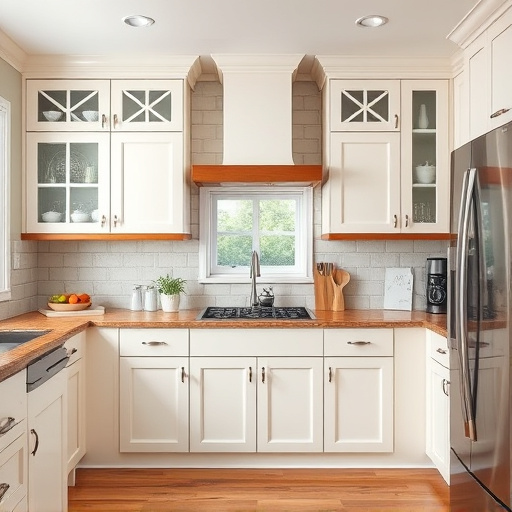
To ensure a quality flooring job, it’s essential to start with thorough preparation. This involves assessing the subfloor for any imperfections or uneven surfaces that could affect the new flooring. Leveling the subfloor is crucial before beginning the flooring install process, especially in older homes where settling may have occurred. Proper measurements and layout planning are also vital; using a laser measure ensures accuracy and helps avoid costly mistakes during installation.
Choosing the right materials for your whole house remodels or specific rooms is another key factor. Consider factors like durability, aesthetics, and ease of maintenance when selecting flooring types such as hardwood, tile, or carpet. For a seamless finish, hire experienced professionals who can expertly install the flooring, ensuring it’s laid flat and without gaps. This attention to detail will not only enhance the visual appeal but also guarantee the longevity of your new flooring in your interior painting or home renovation projects.
When it comes to a successful flooring install, awareness of potential issues is key. By identifying common signs early on, such as uneven surfaces or poor adhesion, you can take proactive steps to correct and prevent future problems. Following the outlined strategies for ensuring a quality job will help create a durable, visually appealing floor that stands the test of time, enhancing your space’s overall value and aesthetics. Remember, a well-installed flooring is not just about aesthetics; it’s an investment in your home’s longevity and comfort.



